A craniofacial disorder is an umbrella term that refers to a structural abnormality of the skull and/or the face.
Craniofacial conditions encompass a wide range of structural abnormalities affecting the skull and face, often requiring multidisciplinary care for management and treatment. These conditions are typically congenital and present at birth. The most common type of craniofacial disorder is a Cleft Palate with or without Cleft Lip. A Cleft Palate is characterised by a gap or opening in the roof of the mouth and can affect speech and feeding due to anatomical differences.
The focus of the committee centers around supporting professionals in the assessment and treatment of individuals with Cleft Palate across the areas of speech and feeding.
Available in English
Available in Chinese Traditional
Available in English
Available in English
Webinar 1.
Overview of Cleft Palate and Cleft Palate Speech (Dr. Alice Lee & Dr. Triona Sweeney)
Webinar 2.
Assessment: Cleft Palate Speech/Velopharyngeal Dysfunction (Dr. Debbie Sell & Dr. Yoshiko Takei)
Webinar 3.
Intervention: Cleft Palate Speech/Velopharyngeal Dysfunction (Prof. Judy LeDuc, Prof. Kristiane van Lierde, Prof. Valerie Pereira)
Subramaniyan, B., Sell, D., Sweeney, T. & Pereira, V. (2022). Cleft lip and palate: an overview with a particular emphasis on communication issues in resource limited regions. In S. Levy, P. Enderby (Eds.), The Unserved. Addressing Communication Disorders in Unserved and Underserved Populations (pp.85-94). J&R Press.
Download:
Committee Members have very close links with professional, voluntary bodies and NGOs, facilitating networking and collaborative international work. These include Transforming Faces, Circle of Cleft Professionals, European Cleft Organization, CLEFT-Bridging the Gap, American Cleft-Palate Association, Royal College of Speech-Language Therapists (UK), Japanese Cleft Palate Association, the Craniofacial Society of Great Britain and Ireland, and the American Speech-Language-Hearing Association.
Please see the highlights of the committee’s work program from 2019 to 2023 here.
IALP Core Strategies
The committee is committed to the IALP core strategies and our work program for 2024-2025 will aim to put in place specified action plans.
Recruitment of New Members
In Dec 2023, the committee bade farewell to members Kristiane van Lierde, Judy LeDuc and Alice Lee as their terms had come to an end. Deputy Chair, Triona Sweeney, stepped down for the same reason and has taken on a new role as Consultant to the committee. Debbie Sell has stepped in as Deputy Chair of the committee. The committee is actively seeking to expand and wishes to include diversity in terms of academic and clinical backgrounds, geographical regions and to have multi-generation representation.
Transforming Faces-IALP Mentoring Project
The committee is committed to continuing to support the project and aims to run live Q and A sessions for all Mentors and Mentees.
IALP Centennial Composium, 2024
The committee’s abstract has been accepted. We look forward to presenting on the topic: Speech-Language Pathology/Therapy in Cleft Care- Where we are now and where are we heading?
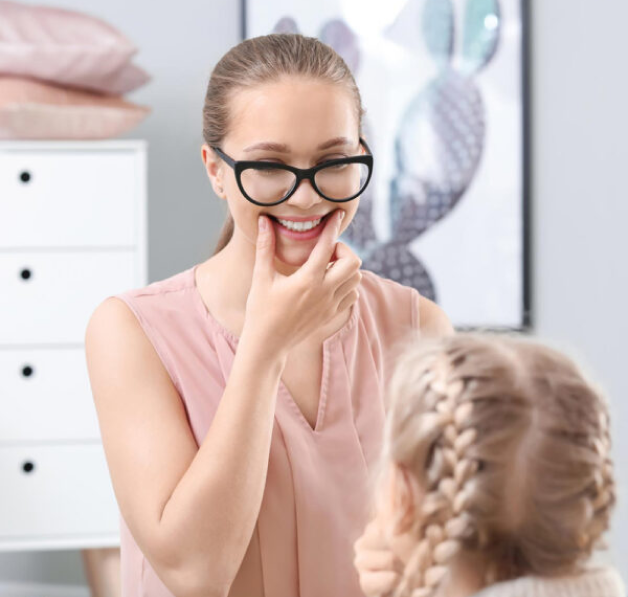
00:00am - ,

Valerie (MSc, PhD) is Assistant Professor at the Chinese University of Hong Kong (CUHK), Department of Otorhinolaryngology, Head & Neck Surgery. She is the Clinical Director of the Masters in Speech-Language Pathology Program and Program Leader of the Professional Diploma in Communication Sciences and Disorders. Valerie also holds an Honorary Assistant Professor position with the Faculty of Dentistry, HKU and is the Speech Therapist for the Cleft and Nasendoscopy Clinics. Valerie was previously with the Supra regional Craniofacial Unit and the North Thames Regional Cleft Service, Great Ormond Street Hospital for Children (UK). She is a recent awardee of the Health and Medical Research Fund (HMRF) grant (Health Bureau, Government of HKSAR People’s Republic of China), to develop and validate a perceptual cleft speech tool for Cantonese-speaking children, a collaborative effort with the Hong Kong Children’s Hospital and the University of Hong Kong. She is also a recipient of the Social Innovation and Entrepreneurship Development-Knowledge Transfer Project Fund (SIE-KPF Fund, HK Government) to develop multilingual e-resources for vocabulary acquisition to enhance learning Cantonese as an additional language and maintaining home (heritage) languages for children from culturally and linguistically diverse populations in Hong Kong.
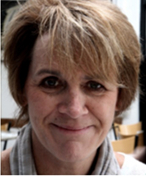
Debbie (PhD, CertMRCSLT) is now an Independent Consultant Speech and Language Therapist (SLT) and Co-Director of Speech@Home (www.speech@home.org), an Honorary Senior Research Fellow in the Centre for Outcomes and Experience Research in Children’s Health, Illness and Disability (ORCHID), Great Ormond Street Hospital (GOSH), London, UK and Visiting Reader in the Faculty of Health and Medical Science, University of Surrey. Previously Head of the SLT Department in GOSH and Lead SLT North Thames Regional Cleft Service, she was also Senior Clinical Lecturer, University College London, Visiting Professor, City University London, and Hon. Senior Research Fellow, University of Sheffield. Her PhD study, in Sri Lanka, on speech in patients with unoperated and late operated cleft palate, led to the SLT training course and the profession there. The model used informed courses since developed in Bangladesh & Uganda. Debbie now contributes to cleft charities including CLEFT-Bridging the Gap, the Circle of Cleft Professionals and Transforming Faces, focusing on LMICs. Debbie’s research included the development and testing of perceptual speech outcome tools in cleft palate/VPD, including the GOS.SP.ASS. and the Cleft Audit Protocol for Speech-Augmented (CAPS-A). She has led/contributed multicentre studies of speech outcome in the UK, Europe and America. Her current activities focus on the implementation of parent-led articulation therapy intervention in children with cleft palate into clinical practices. Debbie is widely published with more than 100 peer-reviewed publications, and is a Section Editor for the Cleft Palate-Craniofacial Journal. She is a Fellow of the Royal College of Speech and Language Therapists and received an OBE (Order of the British Empire) medal from the Queen for services to the National Health Service.

Triona (BA, MSc, PhD) is a Cleft Specialist Speech & Language Therapist. She is a Founder and co-Director of Speech at Home with Dr. Debbie Sell. She previously worked as a Clinical Specialist at Temple Street Children’s University Hospital. She completed her PhD thesis on Perceptual and Instrumental Assessment of Nasality and Nasal Airflow errors in 2000, and was a co-developer of the Cleft Audit Speech Protocol-Augmented (CAPS-A) tool. As Adjunct Professor at University of Limerick, Triona lectured/supervised MSc students in developmental speech disorders, clinical phonetics and cleft palate/craniofacial anomalies. Triona has worked with Operation Smile and Transforming Faces in Ethiopia and helped in the development of the SLT training course at University of Addis Ababa. Currently, she is working on parent-led therapist supervised speech therapy for children with cleft palate, using telemedicine. In 2018, Triona was awarded honorary membership of the Craniofacial Society of Great Britain & Ireland.

Subramaniyan B (M.ASLP, Ph.D.), Professor in Speech Language Pathology at Sree Balaji Medical College and Hospital. He has held teaching, clinical and administrative positions in universities (SRIHER (DU), KMC (Mangluru) and University of Toronto (Adjunct Faculty). His core clinical and research interest revolves around speech and language intervention for individuals with Cleft Lip and Palate (CLP). His research has focused on evaluating and implementing alternate models of speech service delivery for children with Cleft Lip and Palate living in remote villages in South India. He is a consultant for developing multidisciplinary team care, capacity building and works with international organizations like Smile Train (USA), Transforming Faces (Canada). He is also a Fellow of APLP (Asia Pacific Leadership Program, East-West Centre, Honolulu, USA). He has spent the last decade and a half as a leader: fostering cooperation, promoting ownership, participation and continuous engagement among a variety of stakeholders and has engaged in activities relating to program planning, training and implementation especially in Low and Middle income countries.

Yoshiko (PhD) is a head speech-language-hearing therapist at the Department of Oral Rehabilitation, Showa University Dental Hospital, Tokyo, Japan. She specializes in children and adults with speech sound disorders and speech problems associated with cleft palate, head and neck cancer, ankyloglossia, neurological and neuromuscular diseases. Since she collaborates and work closely with dentists, her clinical research relating to cleft palate focuses on the treatment of velopharyngeal dysfunction by combining speech therapy with speech aid prosthesis. She also teaches courses regarding speech in several institutions for speech-language-hearing therapy students as well as dental students. In the recent years, Yoshiko has also been involved in developing Japanese cleft palate speech assessment tool.

Mikaela (BSpPath, PhD Candidate) is a speech pathologist on The Cleft and Craniofacial Team at The Children’s Hospital at Westmead, Australia. She also lectures at The University of Sydney where she is a PhD candidate conducting research in the field of cleft. Mikaela is a volunteer speech pathologist for Global Smile Foundation, an organization that provides comprehensive cleft services for underserved children and families. She is also the Director of a Speech Pathology Private Practice located in regional Australia.

Karen Christine Goldschmied Aljaro, SLP, graduated at Universidad de Chile 1997.
She works at Children´s Hospital Dr. Luis Calvo Mackenna, one of the largest referral centre for craniofacial anomalies in Chile, South America. For the past 26 years Karen has been working as a SLT in the craniofacial team at Children´s Hospital Luis Calvo Mackenna and also in private practice, specializing in the care of patients with feeding problem’s related to craniofacial anomalies, velopharyngeal dysfunction and cleft speech. She has lectured nationally and internationally, including seminars and workshops. She is also a frequent presenter in universities. Karen is a member of the Chilean pediatric Association, the American Cleft Palate-Craniofacial Association and founding member of the Latin American Craniofacial Association. She is also part of the (SAMAC) South America Medical Advisory Council – Smile Train.

Carolina Rivera Gutierrez, SLP, graduated at Universidad Santa Paula, Costa Rica 2010, and has a master’s degree in palliative care from the same university (2014) and is the staff therapist for the Asociación Pro Niño Labio y/o Paladar Hendido in Costa Rica. She specializes in the care of children and families with craniofacial malformations. Providing guidance and advice to therapists who work in schools around the country, and is a teacher for speech therapists and special educators.
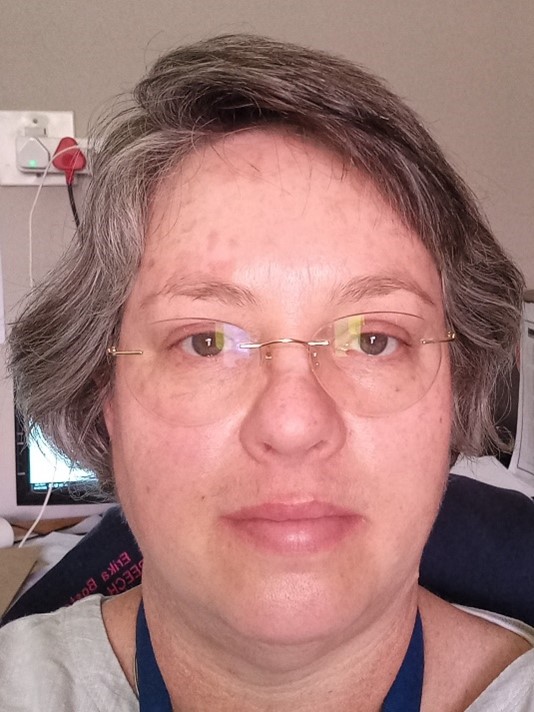
Erika has been the head of the Speech Therapy and Audiology department at Witbank Provincial Hospital since 2004, prior to which she had a private practice in Witbank. Erika has been a SASLHA (SA Speech-Language-Hearing Association) Council member since 2010 and was the president from 2013 to 2016. She is the current Vice-President, and is the current chairperson of SASLHA’s African Connections Project, which she initiated in 2016. This was as a result of her volunteering for Operation Smile since 2011, when she discovered that Speech Therapy and Audiology services in Africa are few and far between. She is the current chairperson of the Ethics and Standards Committee, and has been active on several other committees over the years. Erika is still an active volunteer for Operation Smile, and has been contracted as an Operation Smile consultant since January 2023, working primarily on training. Her clinical interests are cleft lip and palate, paediatric feeding, alternative and augmentative communication and clinical ethics.

Ms Sarah Kilcoyne B. Speech Path (Hons); B. Laws (Hons); Grad Dip Leg Prac; M. Laws (Health); M. Stud Leg Research (Oxon); MRCSLT is a Principal Specialist Speech and Language Therapist and Facial Therapist based in Oxford, United Kingdom. Since graduating in 2004 with a First Class Honours degree in Speech Pathology from the Flinders University in South Australia, Sarah has worked in education and healthcare settings across Australia and the United Kingdom. Sarah’s clinical specialties include working with children, young people and adults with cleft palate, craniofacial conditions and facial palsy. Sarah also has a special interest in working with people with communication impairment in the justice system, and the legal rights of people with communication impairment. As a result, whilst working full-time as a Speech Pathologist, Sarah completed a Graduate Law (Honours) degree and a Graduate Diploma of Legal Practice (QUT) and was admitted as a Solicitor in 2011 in Queensland. I subsequently finished a Masters of Laws (Health) (QUT) with special interests in children and young people with communication impairments’ ability to access their legal rights within the health, justice and child protection systems. Sarah also completed a M.St. in Legal Research at the University of Oxford investigating the participation of young offenders with communication impairment in restorative justice conferences. Sarah is currently undertaking a DPhil (PhD) in Law at the University of Oxford. Sarah is passionate about evidence-based practice in the areas of speech and language therapy and facial therapy and has presented her research at national and international meetings. She also works with her team to regularly publish their research findings. Sarah is registered with the HCPC and has been a Member of the Royal College of Speech and Language Therapists since 2011. Sarah is the Chair of the NIHR Cleft and Craniofacial Clinical Studies Group, and the Royal College of Speech and Language Therapists Cleft and Craniofacial Clinical Excellence Network. She is also on the Medical Advisory Board for Facial Palsy UK, and on the board of Facial Therapy Specialists International.
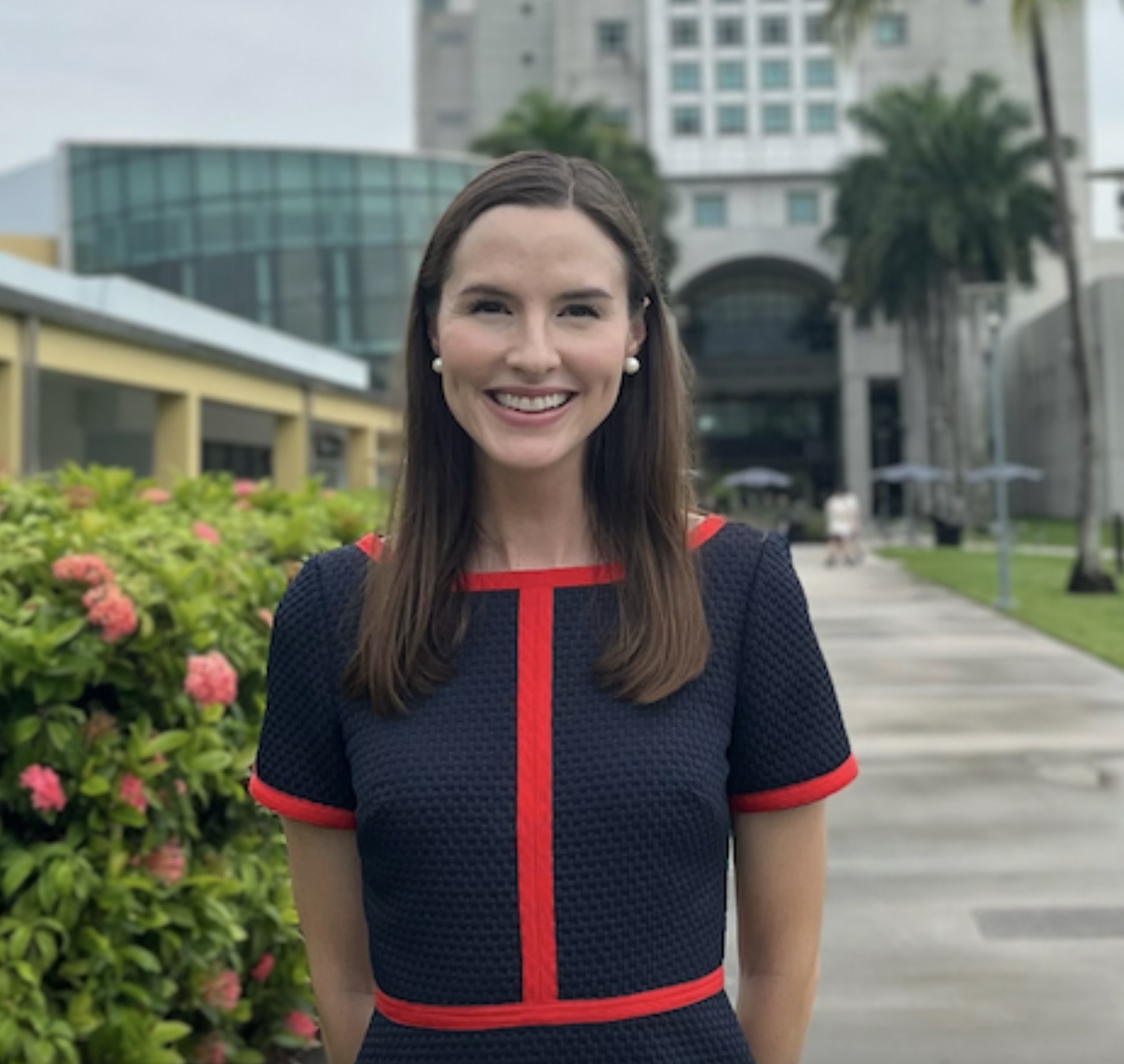
Chelsea L. Sommer, PhD, CCC-SLP is an assistant professor at Florida International University and a speech-language pathologist on the Nicklaus Children’s Hospital cleft palate and craniofacial team in Miami, FL. She currently is a co-investigator on a grant with Johns Hopkins All Children’s Hospital to study “validation of artificial intelligence in assessing hypernasality in patients with velopharyngeal dysfunction.” Moreover, she has worked with the NIH funded CORNET grant developing and assessing outcomes for monolingual Spanish and bilingual English-Spanish speakers with cleft palate. Finally, she enjoys collaborating with interdisciplinary teams around the world to improve care for children with cleft palate.

Linda (PhD, CCC-SLP/A, FASHA) serves as the Senior Research Scientist and heads the Craniofacial Outcomes Research Laboratory at the Center for Pediatric Auditory and Speech Sciences at Nemours Children’s Health in Wilmington, DE. She is Clinical Professor of Pediatrics at The Sidney Kimmel Medical College at Thomas Jefferson University and Adjunct Professor in the Department of Communication Sciences and Disorders at the University of Delaware. Additionally, Linda lectures at the University of Pennsylvania School of Orthodontics. Linda also holds a master’s degree in clinical evaluative sciences from Dartmouth College. Her professional focus includes cleft speech disorders, treatment outcomes, evidence-based practice, transition of care, and shared decision making. Linda has written numerous articles, book chapters, and reviews on cleft and craniofacial anomalies. She is a co-author of “Evaluation and Management of Cleft Lip: A Developmental Approach” and “Cleft Palate Speech and Resonance: An Audio and Video Resource.”
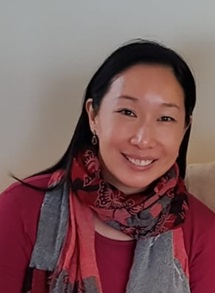
Selena (MHealthSc Ed Hons, PhD) is the Head Speech Therapist at the Cleft & Craniofacial Centre, Dept of Plastic, Reconstructive & Aesthetic Surgery, KK Women’s and Children’s Hospital in Singapore. Over the past 26 years, her core clinical and research interests include craniofacial anomalies, paediatric speech, and bilingualism. Selena holds teaching and supervisory positions at the National University of Singapore and Singapore Institute of Technology. Selena serves on various Ministry of Health and Singapore Health workgroups and committees, and volunteers as a team Speech Pathologist with Smile Asia and Operation Smile. Selena has been honoured as a national recipient of the Singapore Health Quality Service Award and The Commendation Medal from the Prime Minister’s Office.
An individual enrolled for part- or full-time study for preregistration, undergraduate or postgraduate studies directly related to the field of human communication disorders and sciences at a formal education institution. Students must provide official evidence of enrolment at the time of joining the Association and/or registering for a congress/composium.
On behalf of the IALP I would like to thank you for considering membership in our global organisation of professionals.